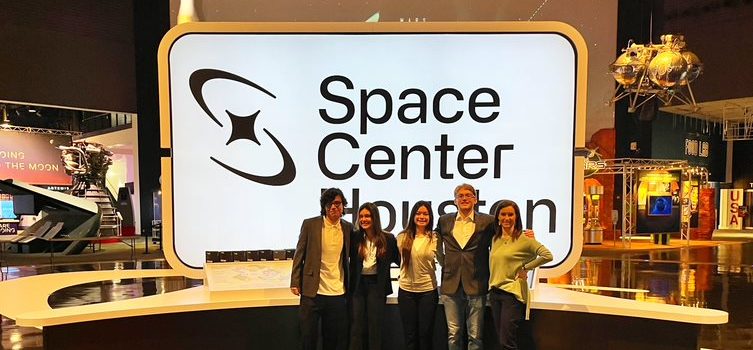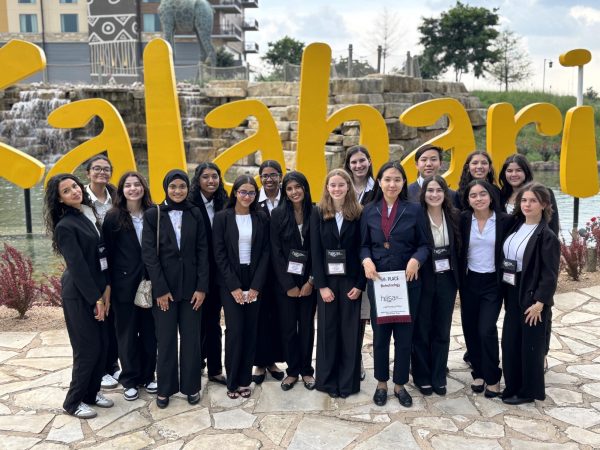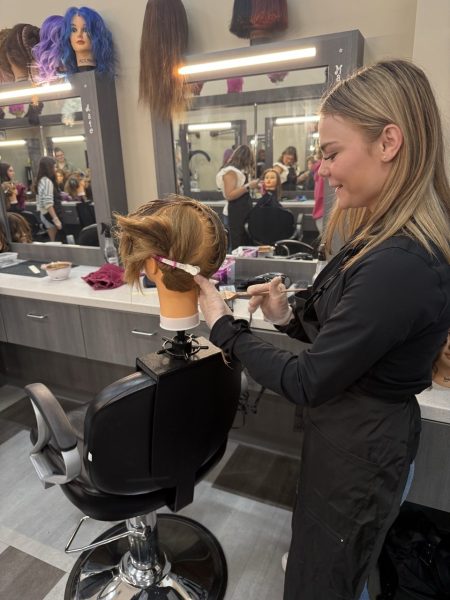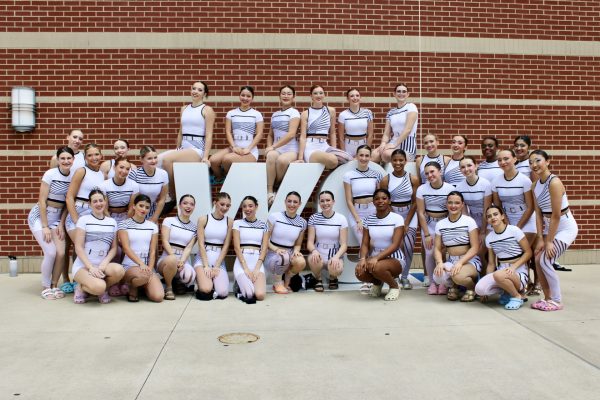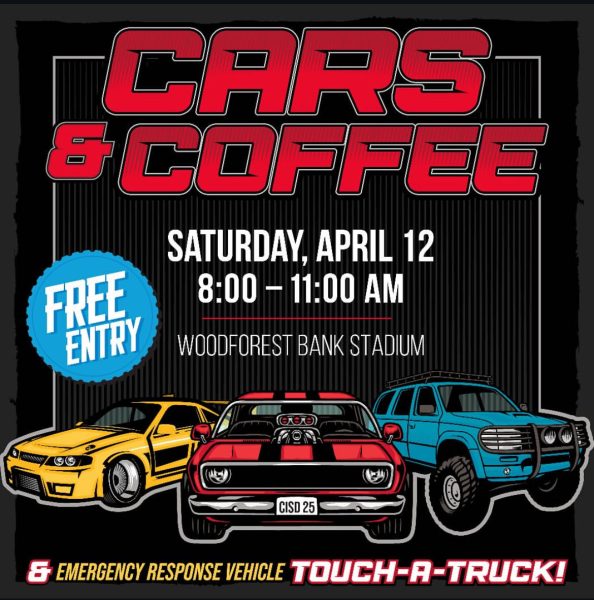Engineering students pair with NASA on project
Students visited NASA as part of the competition event.
A group of five students – Taylor Anastacio, Logan Killian, Emily Mabasa, John MacCallum and Collin Spence – from The Woodlands High School is working on two projects for NASA, led by TWHS teacher Sarah Amadee. Students from all different parts of the United States collaborate with NASA mentors to come up with solutions for problems in space, as well as innovations for leisure activities. It is a national competition for students all around the USA, and this year, a total of 277 high schools are participating, which includes around 2575 students.
Amadee was told about the program and, after discussing it with her students, they collectively agreed to enter the competition. They were given the projects at the beginning of the school year and had the opportunity to choose the project they wanted to work on throughout the year. In November, the schools presented what they have worked on so far and received questions from NASA engineers to better develop the project. The first elimination round is held in February, and the final round is held in May.
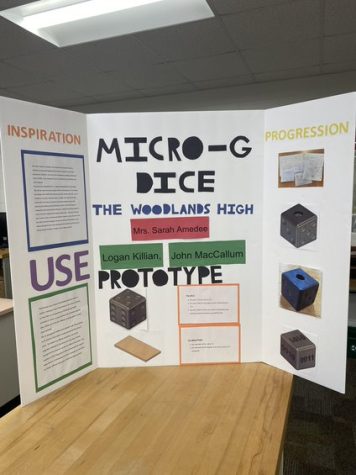
The ideas for innovations mostly come from the crew at the International Space Station. The goal is to make the lives of the astronauts as comfortable and normal as possible while orbiting the earth. The projects have the potential to change lives, and for high school students to create such a big impact is a huge opportunity for them.
“We are competing against many other high school teams around the country and our idea could be used in space if we make it past the different rounds,” Amadee said. “Other schools in the district participate in it as well.”
One of the projects the students from TWHS are working on is a special die so the astronauts can play games in space as NASA wants their astronauts to maintain their mental health to full capacity when traveling for long periods. A special die must be used due to the lack of gravity in space. Although virtual games are an option, NASA prefers games with human interaction, since it has been proven that those games arouse a healthy environment.
The other project is the Auger Extruder, which is a rover that is meant to mix moon dirt and melted recycled plastics together to turn them into bricks that will eventually be used to build things on the moon, such as roads and structures.
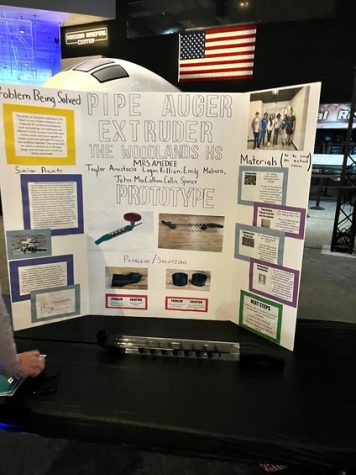
Amadee described the building process, saying, “The process can be a little different from project to project, but we try to follow the Engineering Design Process steps. We would get supplies and build our prototype and it most likely would involve some 3D printing. There would then be some testing involved and refinement of the design until we’re happy with the result.”
Your donation will support the student journalists of The Woodlands High School. Your contribution will allow us to purchase equipment and cover our annual website hosting costs.


